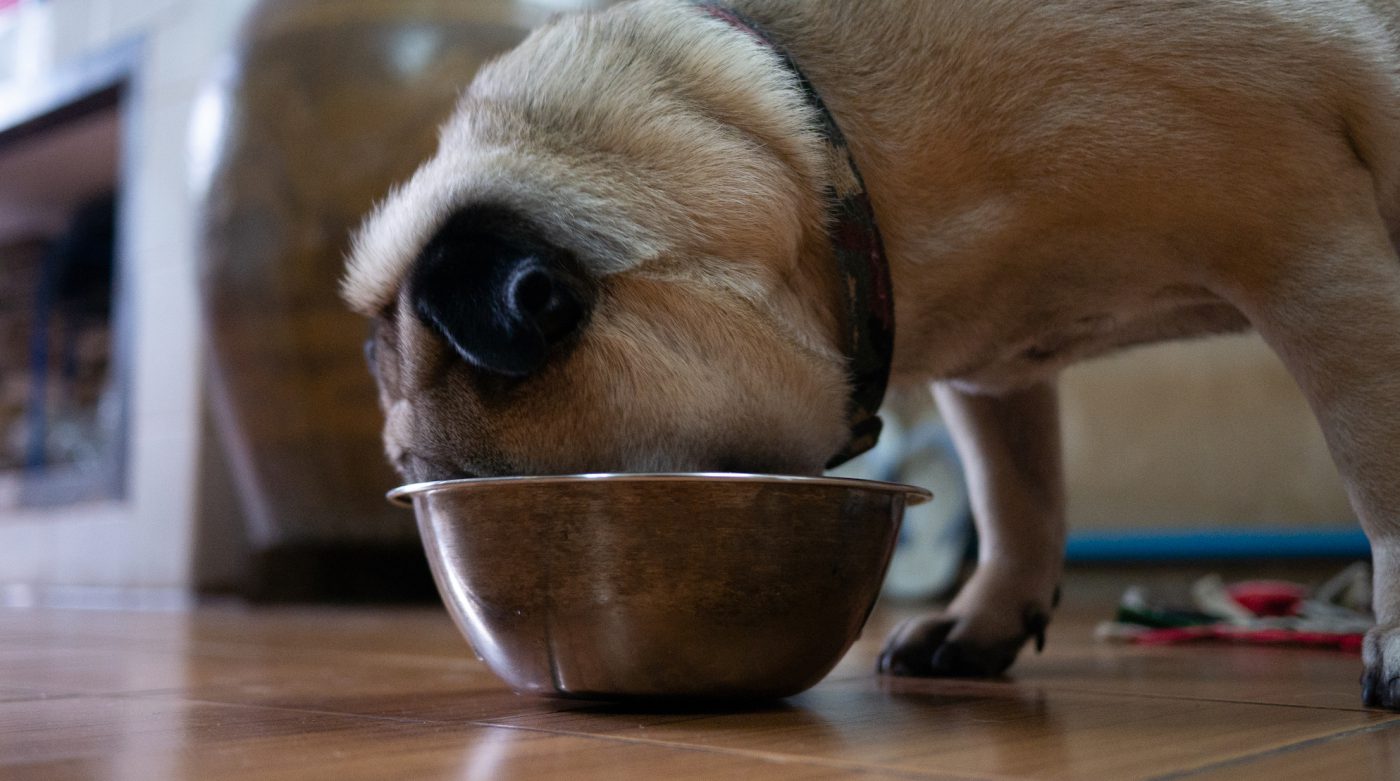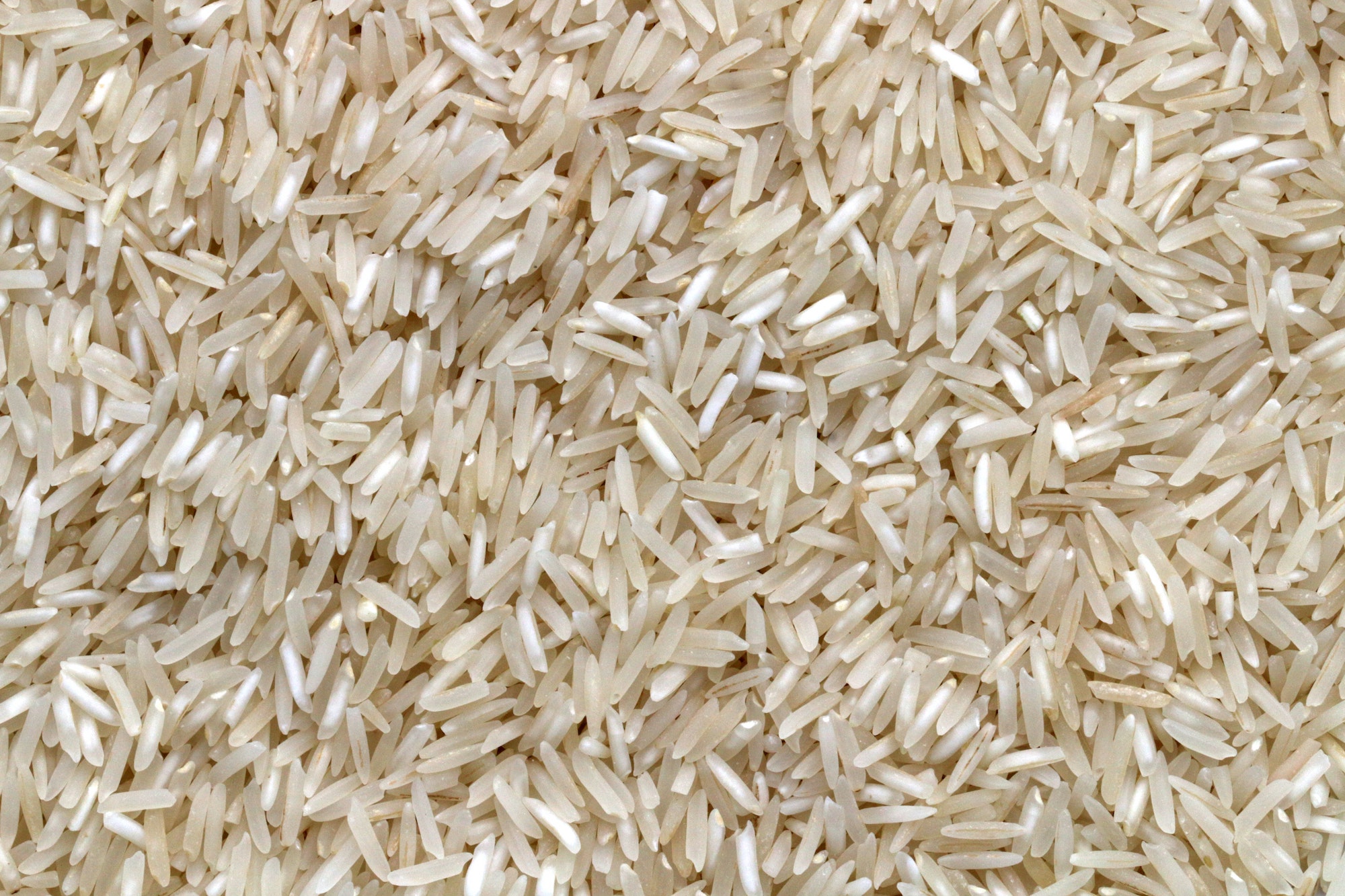Yes, dogs can eat rice!
Rice is a carbohydrate-rich grain, but it also contains moderate amounts of protein and fiber. It is often used as part of a bland diet for dogs suffering from digestive upset, and is also an ingredient in many dog foods.
Rice is safe and healthy for dogs, but you should be mindful of their carbohydrate intake and the overall balance of their daily diet. If you’re feeding a fresh, complete and balanced diet, it’s neither necessary nor desirable to add additional protein or carbs on a regular basis. Any extra rice should be fed occasionally and in moderation.
Key info about rice
Brown rice is a whole grain that includes the fibrous bran as well as the nutrient-rich germ. White rice has had both of these components removed, leaving the starchy endosperm behind. Though brown rice may be more nutritious, white rice is a more easily digestible option for dogs, and is often given to dogs who require a bland or easily digestible diet.
A one-third cup serving of cooked brown rice contains about 80 calories compared to 70 calories for white rice. Brown rice contains slightly more protein, carbohydrate, and fiber than white rice, but both contain minimal fat and no cholesterol.
The benefits/drawbacks of feeding rice
Brown rice can be difficult for your dog to digest because it still contains the bran and germ.
White rice is rich in starch and is typically easier for dogs to digest than brown rice. It does, however, have a higher glycemic index rating than brown rice. White rice is rich in soluble fiber which can help promote stool formation for dogs suffering from diarrhea.
How to feed rice/how much to feed
Rice can be a healthy component of dog food, but if you’re feeding it as an extra, it should be consumed in moderation because extra calories and carbohydrate intake can lead to unhealthy weight gain.
When feeding your dog rice, make sure it’s fully cooked then let it cool. Simply boil or steam the rice until tender and do not add any butter, salt or seasonings (keep the fried rice for yourself). If you’re feeding rice as an extra, feed no more than about a quarter cup for a large dog and just a tablespoon or two for a smaller dog. As part of a bland diet for stomach upset, rice is typically mixed with a small amount of lean protein, like plain, shredded chicken breast. It’s best to feed small amounts at a time, and only for a short period as it’s not a complete and balanced diet.










